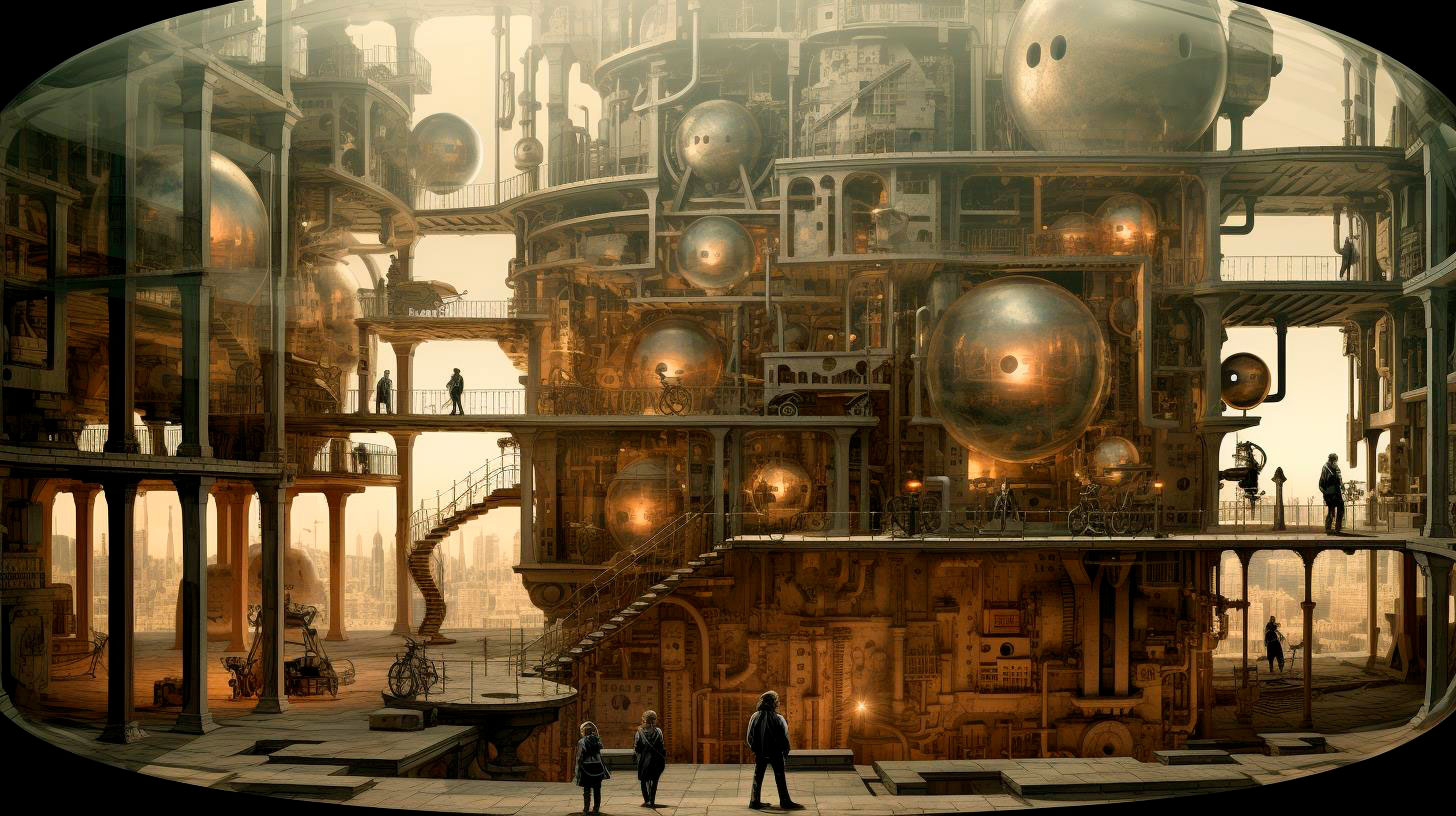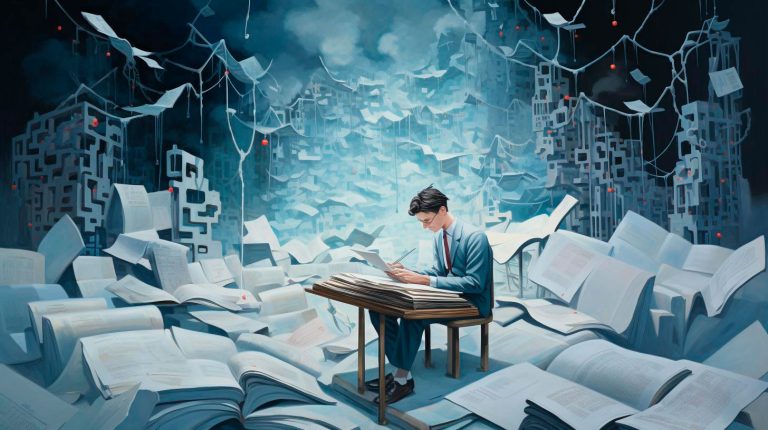By incorporating photography into literature classes, educators can encourage creativity, critical thinking, and visual literacy skills among students. Let’s explore the benefits and key takeaways of integrating photography into literary education.
Visual Interpretation of Texts
It is said that a picture is worth a thousand words, and this rings true when it comes to literature. By introducing photography into the classroom, students can visually interpret the themes, characters, and settings of the texts they are studying. This visual component adds depth and dimension to their understanding of the literary works, helping them connect with the material on a more profound level.
To implement this approach effectively, educators can assign students to capture images that represent specific scenes or characters from the literature they are studying. This exercise allows students to engage actively with the text, analyze its details, and think creatively about how to translate written descriptions into visual representations.
Developing Analytical Skills
The use of photography in literary education not only enhances visual interpretation but also nurtures analytical skills. Students must carefully select elements, compose their photographs, and consider how each visual choice aligns with the literary elements of the text. This exercise promotes critical thinking and analytical reasoning as students analyze the text’s nuances and decide on the best way to represent them visually.
Furthermore, when students share their photographs with their peers, they can engage in insightful discussions about their choices and interpretations. This collaborative analysis encourages active listening, respectful debate, and the honing of analytical skills as they defend their artistic and analytical decisions to their peers.
Fostering Creativity and Self-expression
Photography is a powerful medium that enables students to express their creativity and unique perspectives. Allowing students to use their own artistic lens to capture the essence of a text can be a liberating experience. This integration of artistry into literature education fosters self-expression and encourages students to think beyond the confines of traditional written assignments.
Assigning photography projects not only nurtures creativity but also provides an inclusive environment where students with diverse learning styles can excel. Visual learners, for instance, may find this approach more engaging and effective in deepening their understanding of the literature.
Enhancing Visual Literacy
Visual literacy is an essential skill in today’s digital age. By incorporating photography into literary education, educators can help students develop this skill and become critical consumers and creators of visual content.
Through analyzing photographs and creating their own, students learn to decode visual cues, understand visual narratives, and become more aware of the power of image manipulation. This increased visual literacy not only benefits their understanding of literature but also prepares them to navigate the visually-saturated world we live in.
Key Takeaways
- Integrating photography into literary education enhances visual interpretation of texts.
- It develops analytical skills by encouraging critical thinking and collaborative analysis.
- Photography fosters creativity, self-expression, and inclusivity in the classroom.
- By enhancing visual literacy, students become critical consumers and creators of visual content.
In Conclusion
The synergy between photography and literary education offers a rich learning experience that combines artistry and analysis in a unique way. By incorporating photography into literature classes, educators can encourage creativity, critical thinking, and visual literacy skills among students. The visual interpretation of texts, the development of analytical skills, fostering creativity, and enhancing visual literacy are all invaluable outcomes of this integration. Embracing photography in a literary education setting broadens students’ horizons and equips them with skills that are essential in our visually-driven world.



















+ There are no comments
Add yours